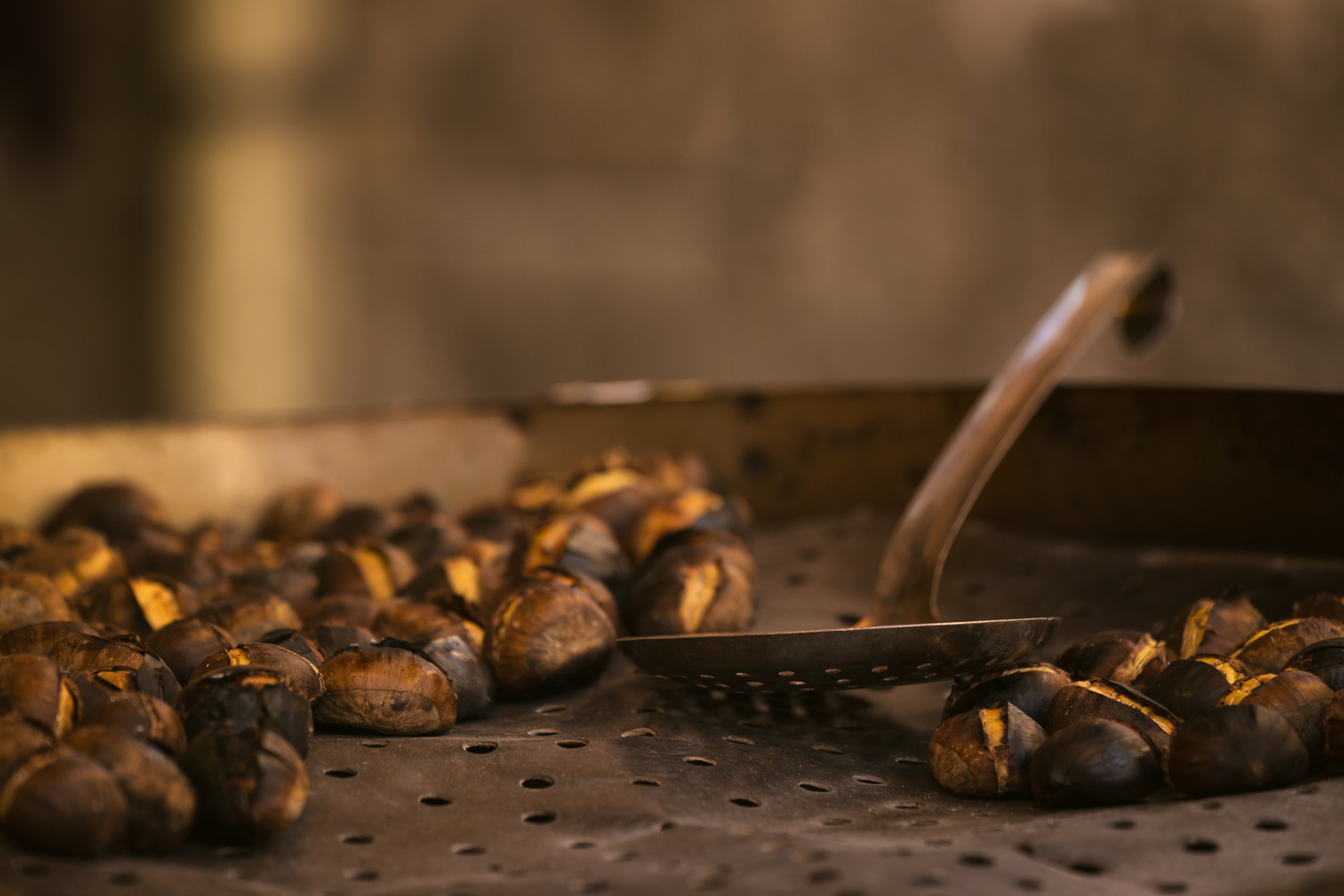Unique Things to Do in Nova Scotia
Words by Dalene Heck / Photography by Pete Heck
We’ve been so fortunate to visit Nova Scotia three times over the past five years for a total of more than 30 days. We’ve driven a lot and selfie’d in almost every single corner of the small province. We haven’t quite seen it all, but we’ve come close.
And every time we visit, there are more and more adventures that pop up and get added to our to-do list. This tiny province packs a colossal punch, fueled by an ambitious and spirited population that, by our estimation, is unrivalled in Canada. I can’t think of another province or region that promotes such an array of desired and unique experiences and is always adding new ones.
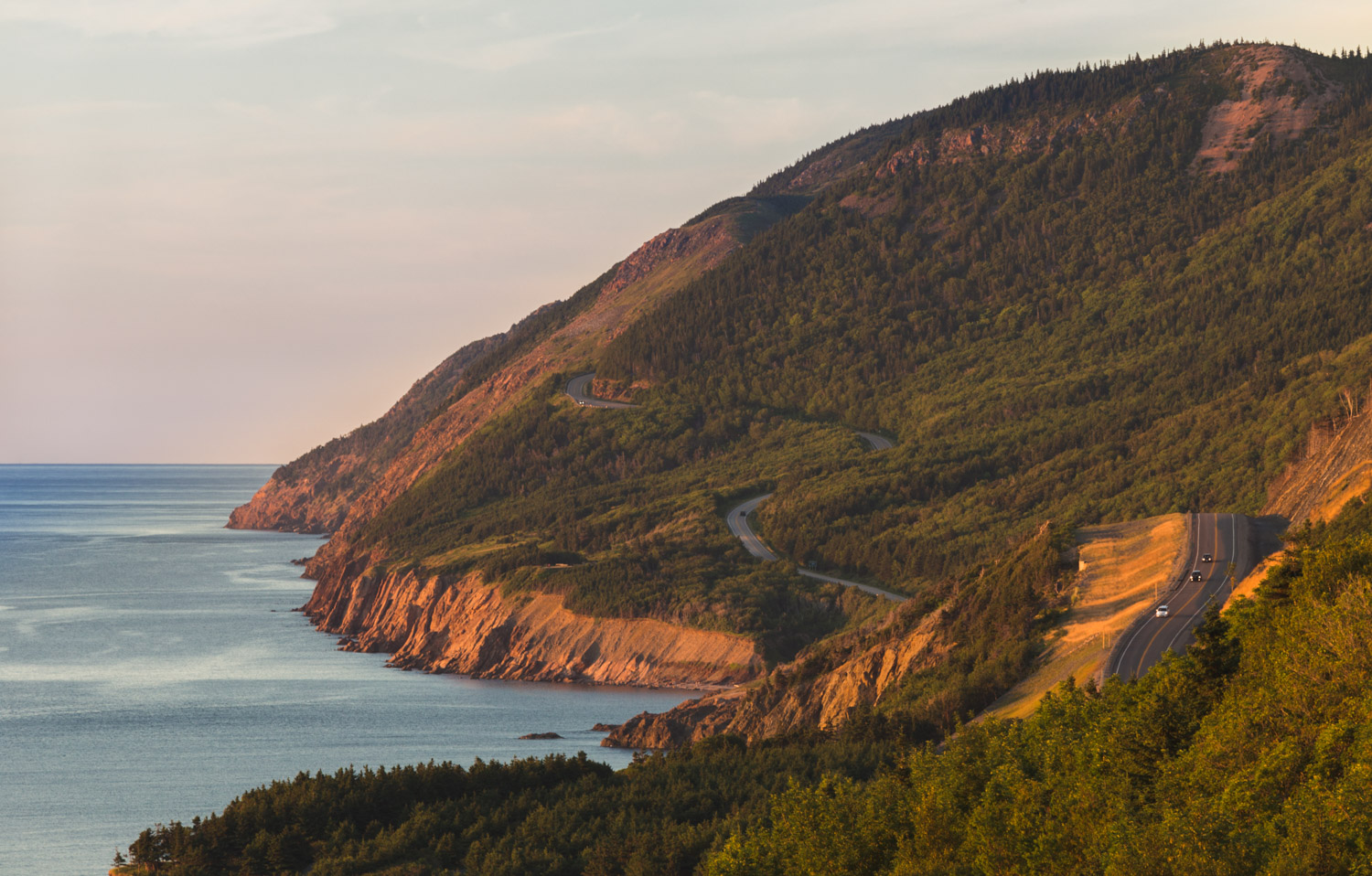
We have yet to stay at the new geodesic domes on Cape Breton Island or dine on the ocean floor at Burntcoat Head Park. We tried to camp on the Wild Islands but the weather canceled our sail. And the next time we visit, we’re definitely going to seek out the puffins in Nova Scotia (near Peggy’s Cove, which we just heard about on this last trip).
But we can hardly be disappointed by missing those thus far, considering that we have had the chance to experience so many unique attractions.
Top Unique Things to do in Nova Scotia
Visit the Oldest Lighthouse in the Americas
Sambro Lighthouse, which stands guard in the Sambro Channel, near the Halifax Harbour, is the oldest standing and operating lighthouse in all of the Americas. Erected in 1758 (!!), it has seen warships, immigrants, refugees, fishing boats, yachts, and sailboats pass by over its long history.

The interior granite tower remains of the original build, and the red stripes were added in the early 1900s to be more visible on snowy or foggy days. It’s not the tallest lighthouse in Nova Scotia – it stands at 82 ft – but seeing it up close, and walking on its scenic island, is a special occasion, as it’s not easily accessible.
We were fortunate to be able to access it via air! Vision Air Services offers short but supremely scenic helicopter rides from the Halifax airport. It takes about 20 minutes to get to Sambro Island, flying over Halifax, and after landing on the rocky ledge near the lighthouse, we were the only ones on the island. We explored by foot and ended our tour, which included a charcuterie and wine lunch, which we enjoyed on the rocky cliff.
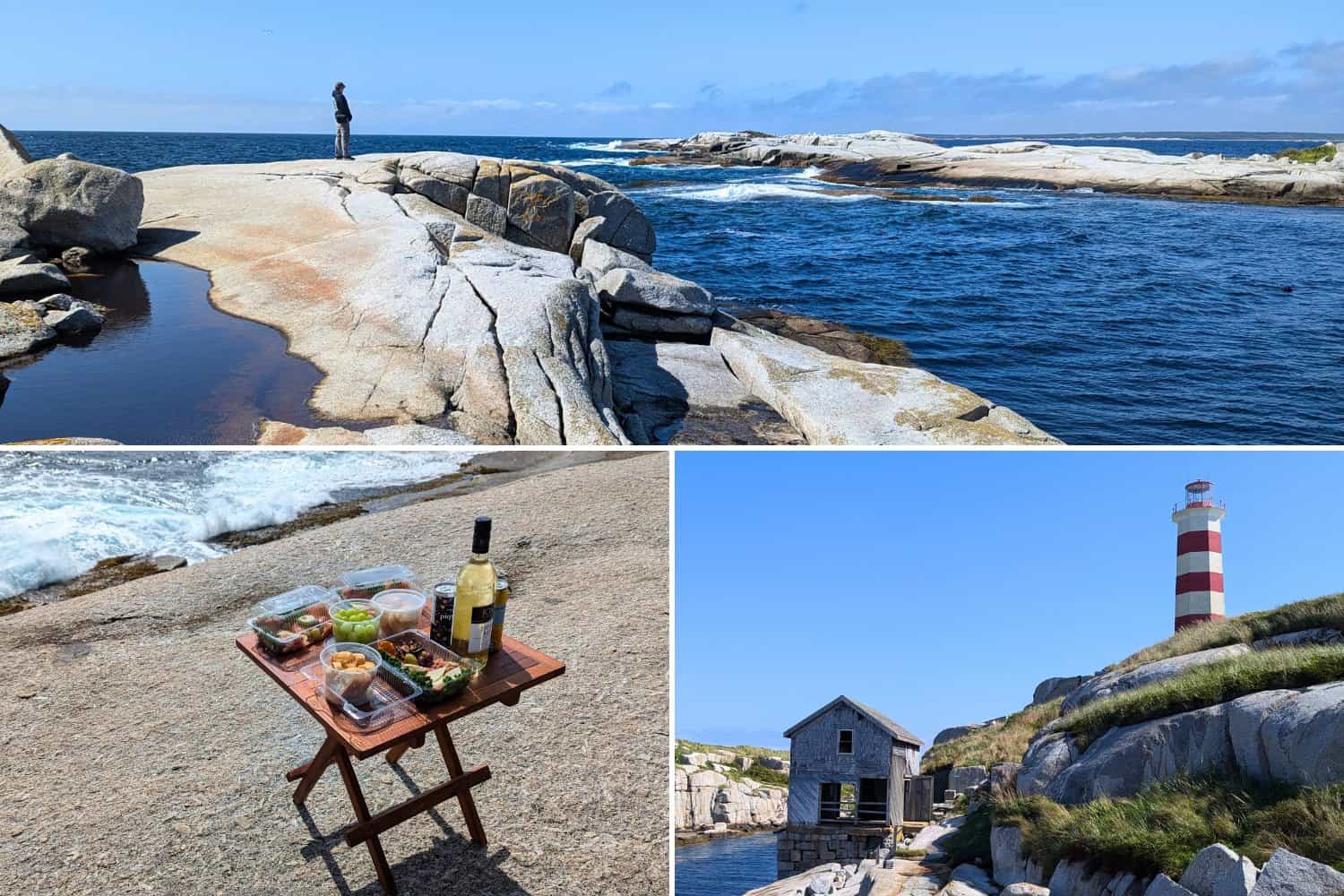
Enjoy a Picnic with a Bison Herd
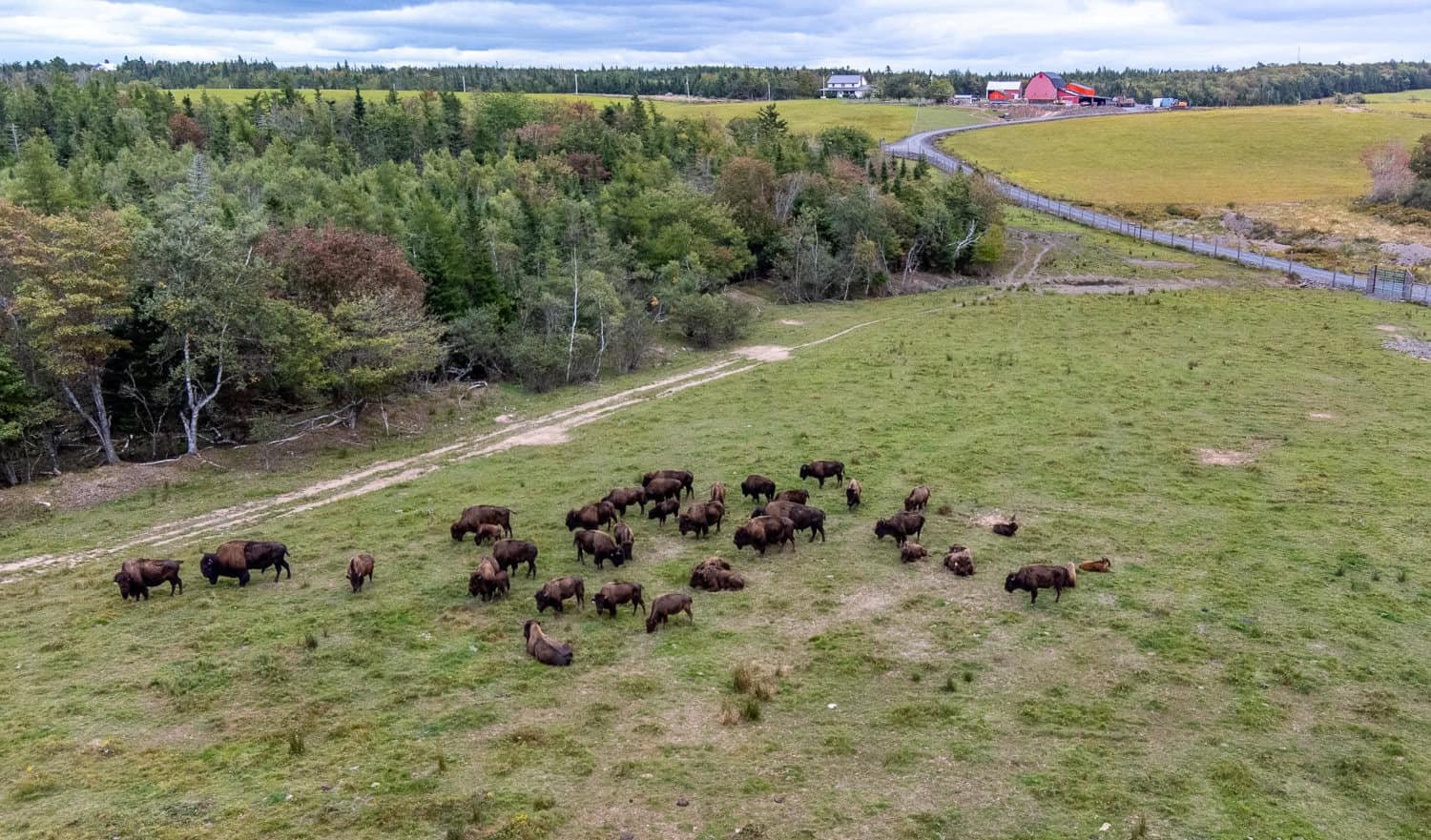
It’s one thing to enjoy a picnic in the Musquodoboit Valley. It’s another when you’re accompanied by a herd of Bison. This is a truly unique experience offered by Lindsay Lake Bison Farm.
Give credit to German deer farmers Christiane and Jan Teerling, along with their sons Ian and Cedric, who had the vision of starthing this venture 2019. The family has a tremendous amount of experience in farming and forestry, and they’ve transformed their property into a sustainable tourist destination with a focus of appreciation for the land.
Upon arrival we were greet by Christiane who told us the story of their farm and then we hopped in her jeep to be guided along the trail surrounding the bison pen. Inside the mighty creatures sauntered about not caring that we were on the outside looking in. After a few moments of learning about and capturing the herd, we drove back to the farm where Dalene and I were free to walk along the same trail. We would eventually arrive to a table already with a charcuterie board lunch there and we watched the bison behind the fence. A truly unique experience to dine with such incredible animals.


Walk Among Fossils
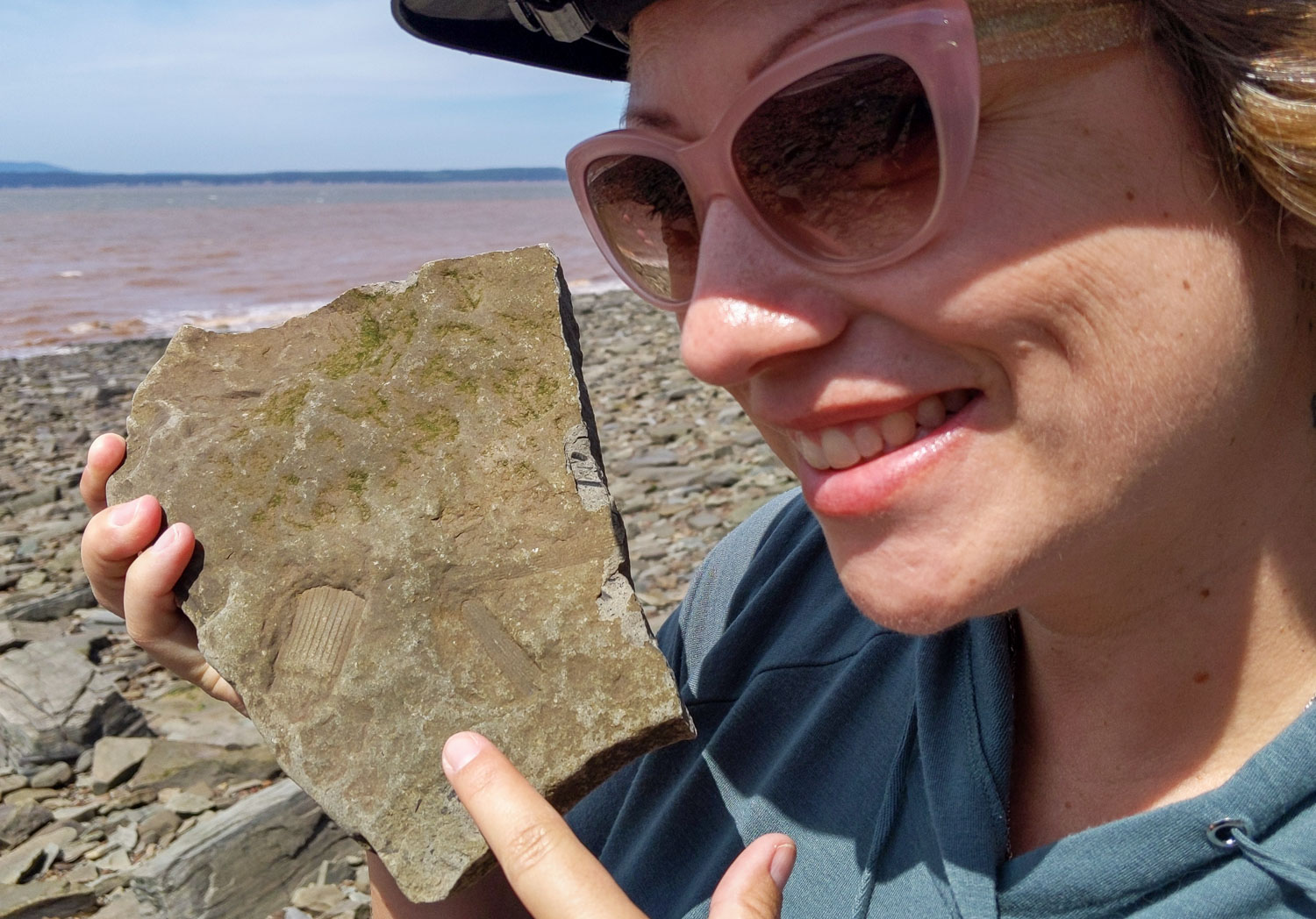
Charles Darwin, among other famous scientists, knew how special the cliffs of Joggins were, calling attention to them in his defining The Origin of Species. And, decades and decades later, this small area in west-central Nova Scotia remains a wealthy spot for fossils. Thanks to the shore being subject to the highest tides in the world, nature continues to reveal an exceptional record of the Coal Age. (Think plant and marine life fossils – no dinosaurs here!)
They are indeed plentiful in this area that was once a tropical rain forest. We combed the shores with a small tour group but didn’t have to look far. It didn’t take us long to catch up with the excitement of the kids in our tour, running up to the guide to show off what we found and get a clear definition of what it once was, but 300 million years later.
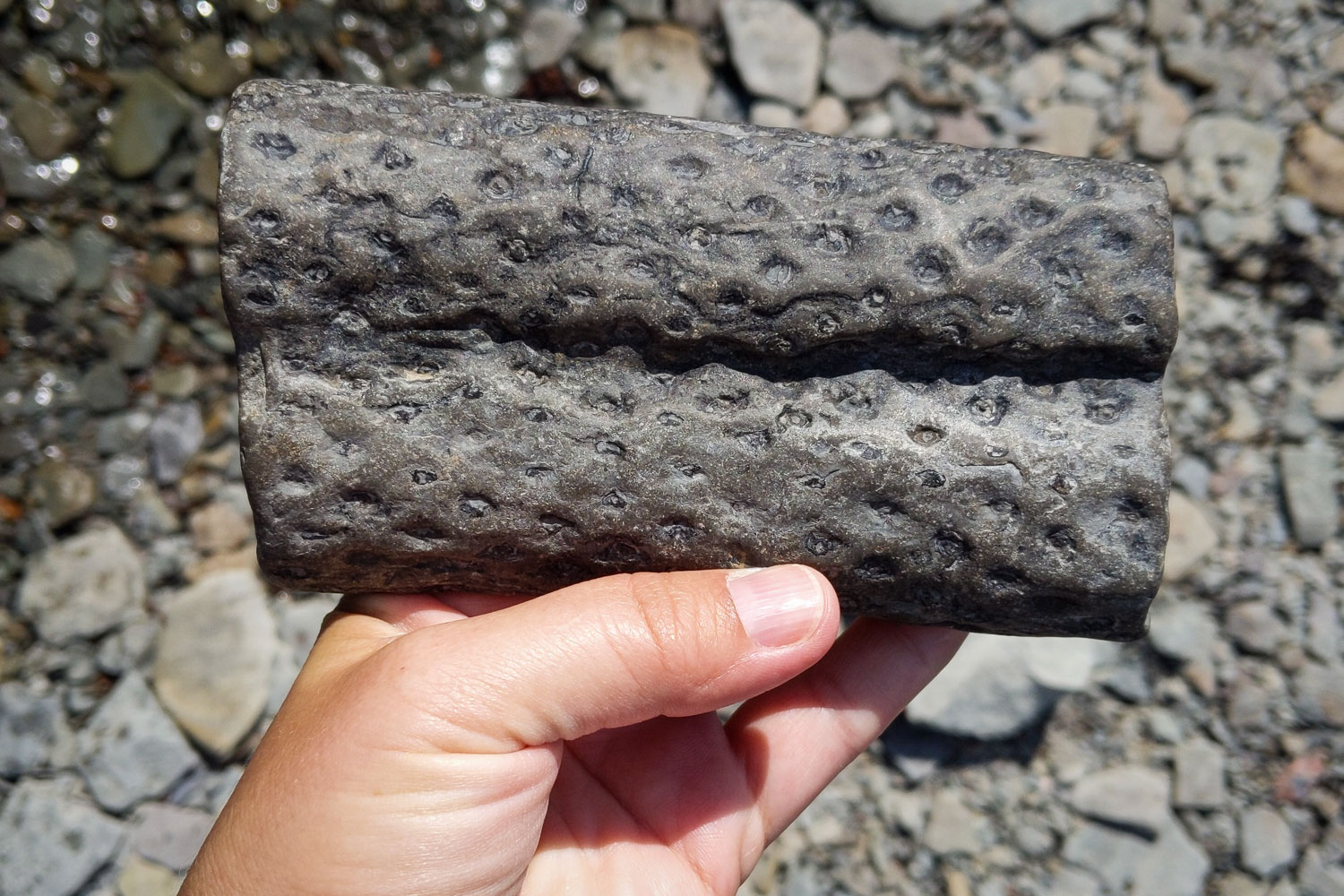
Raft a Tidal Bore
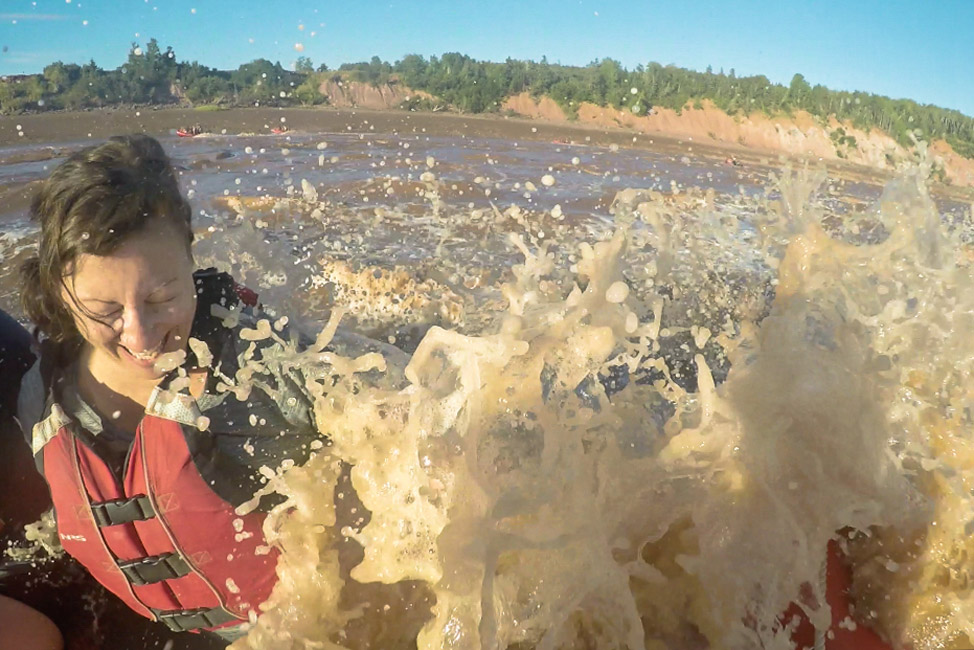
A tidal bore (a phenomenon in which the incoming tide forms a wave that travels up a river or narrow bay against the normal current) is a pretty rare phenomenon, and when it’s caused by the highest tides in the world, that makes it doubly special.
Watching it from shore is cool, but actually riding on the waves is hella fun. And possible, near the town of Maitland, right on the Bay of Fundy.
Spend a Night in a Train Car

I am a certifiable train nerd. It comes from having worked at Canadian Pacific Railway for seven years (pre-travel days, obviously!), in which I spent my days negotiating big purchases like rail cars. I know way more about trains than the average person, and to this day I still keep my eyes peeled for any cars I purchased that we might see cruising the tracks.So imagine my pure delight at getting to sleep at the Train Station Inn in a refurbished caboose, and eat dinner in an old dining car! (It was almost as fun as saying the name of the town where it is – Tatamagouche.)
The Inn’s owner, James LeFresne, grew up near the station and when it was scheduled to be demolished in 1974, he couldn’t stand to see it go. So at the age of 18, he bought the entire thing. The Inn opened 15 years later and has been used in TV shows and often ranks as a top unique place to stay. If the Inn is booked up (which it might be, it is so popular!), the dining car is also very worth the visit, so much so that we ate there two nights in a row.
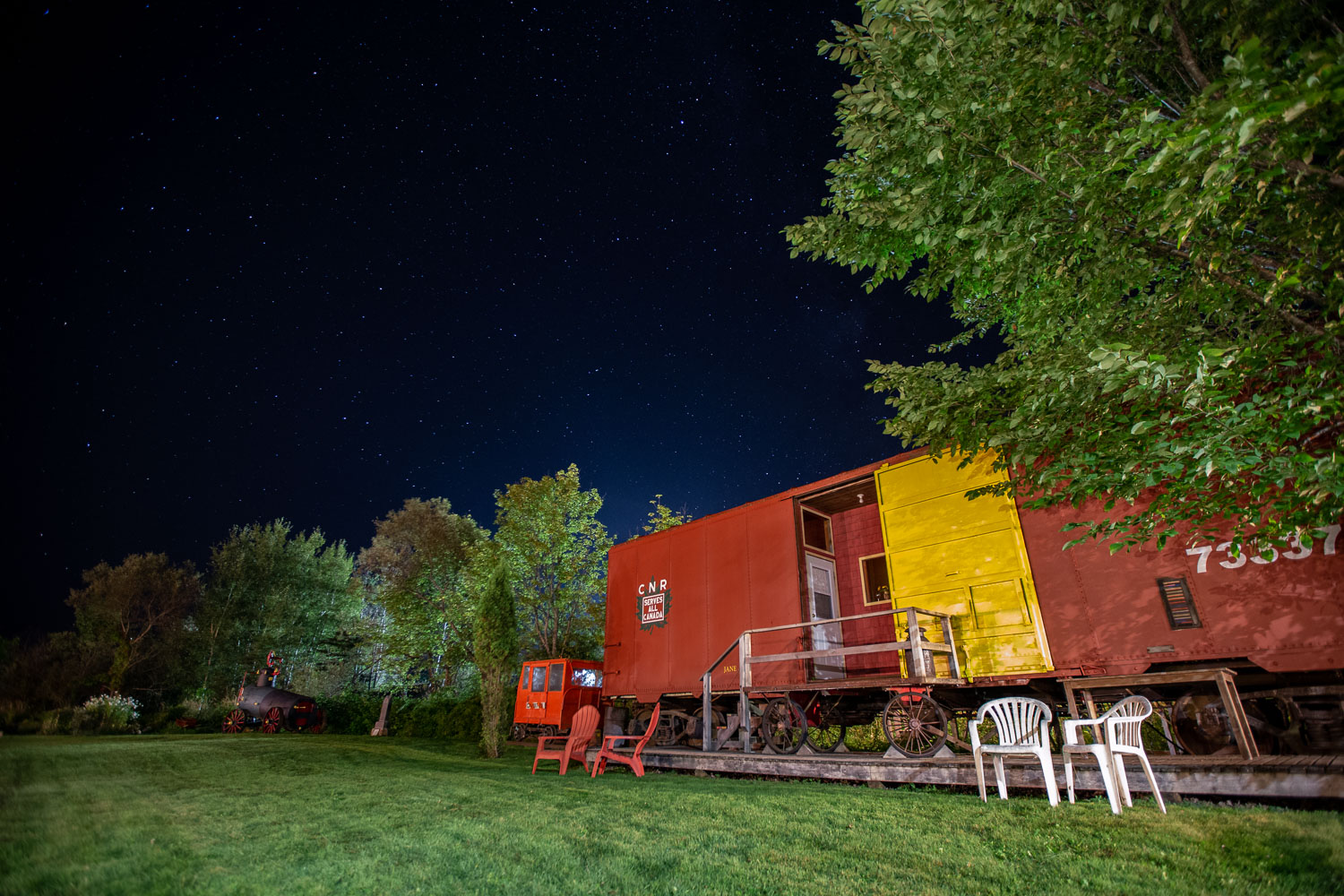
Train with a Lumberjack
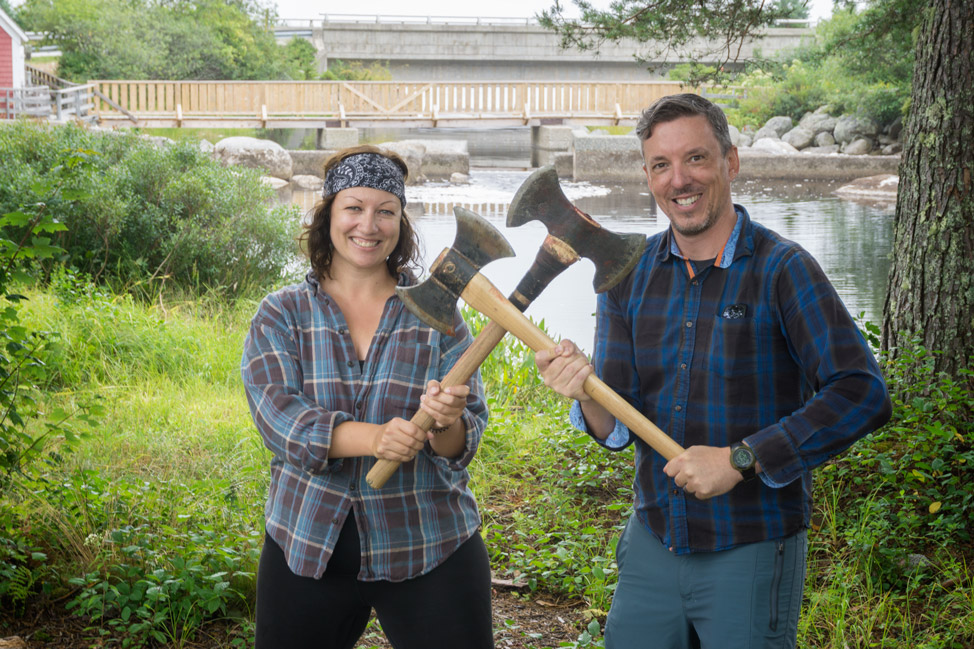
Was I a lumberjack in a former life? My own ax-throwing abilities stunned me, and I never would have discovered this hidden talent if I hadn’t spent an afternoon with Darren Hudson. He’s a 5th generation lumberjack and 7-time world-champion logroller, and at his property in southern Nova Scotia, he offers a lumberjack “axeperience” to tourists and school kids alike, training them in the art of log sawing, rolling, and yes, axe-throwing.
Not only because I consider myself a quasi-expert (or descendent of lumberjacks? I do have family in Nova Scotia, I might be Darren’s cousin!), but also because of just how much sheer fun throwing axes is, this is one activity not to be missed. It is quintessentially Canadian and truly unique.

Visit the World’s Largest Fiddle
And finally, because we love road-tripping to find the world’s biggest and weirdest things, we would be remiss if we didn’t mention our stop in Sydney on Cape Breton Island to see the World’s Largest Fiddle.
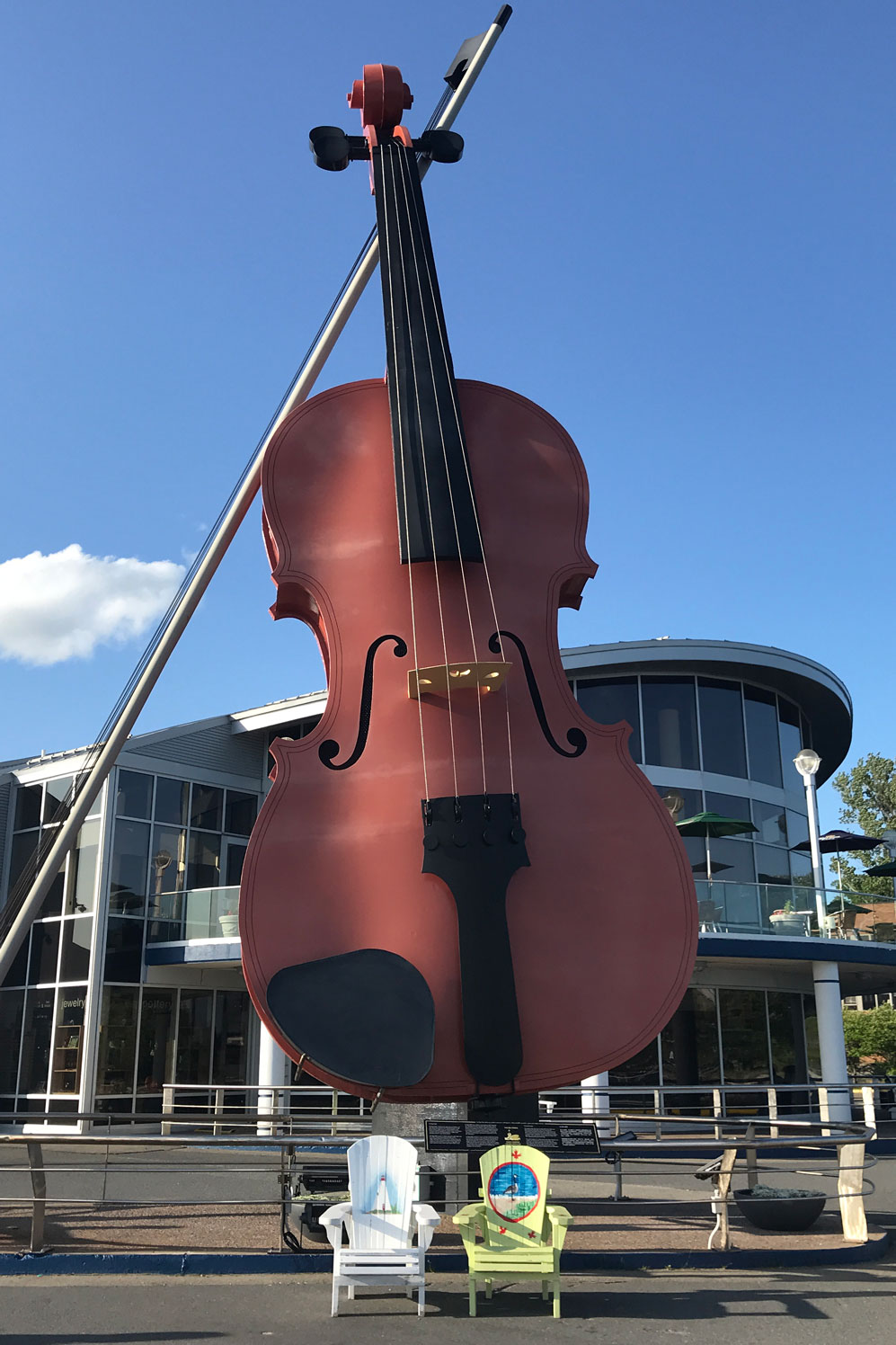
At 60ft high and 10 tons in weight (it’s made of solid steel!), it’s only one of two “world’s largest” things in the province – a claim to the biggest blueberry is in the town of Oxford. On our three trips we have yet to see it, but will add it to our list for the next one.
Other Unique Things to Do in Nova Scotia
Needless to say, we haven’t done everything that Nova Scotia has to offer. But we’re trying. Here are a few more experiences and tours that are on our radar.
- Harbour Hopper Tour – Experience Halifax by both land and see with this vehicle that can drive on both! Book Now
- Dine on the Ocean Floor – It’s Nova Scotia’s ultimate dining experience. When the Bay of Fundy tide goes out, dinner is served. Savour the best food, wine and beer from Nova Scotia with this three course meal on the ocean floor. All followed up with a beach campfire. Reservations are mandatory. Reserve
- Classic Vintage Car Wine Tour – Did you know that Nova Scotia has some of best wines in the world? Now you do. And what better way to visit the vineyards in a vintage classic car. Book now
- Sail on the Bluenose II – Experience some classic Canadiana as you board the most famous Grand Banks fishing schooner – Bluenose II. The tallship welcomes passengers on board for a 2-hour harbour cruise as you soak in the sights and smells of the sea. Book tickets
- Meet the Seals Boat Tour – Spend the day on this unique tour spotting seals and other wildlife on this tour of Pictou Harbour and the nearby seal colony. Book now
- Hike with a Goat – Hiking is one thing, but bonding with your own personal Miniature Nubian Goat, yes please! It’s a 1.5 km hike with a goat as your guide. Needless to say, you’ll get some epic selfies. More information

Looking for even MORE things to do? Then this post on the 101 best things to do in Nova Scotia should keep you busy for a long while!
This post was produced by us, brought to you by Tourism Nova Scotia.


